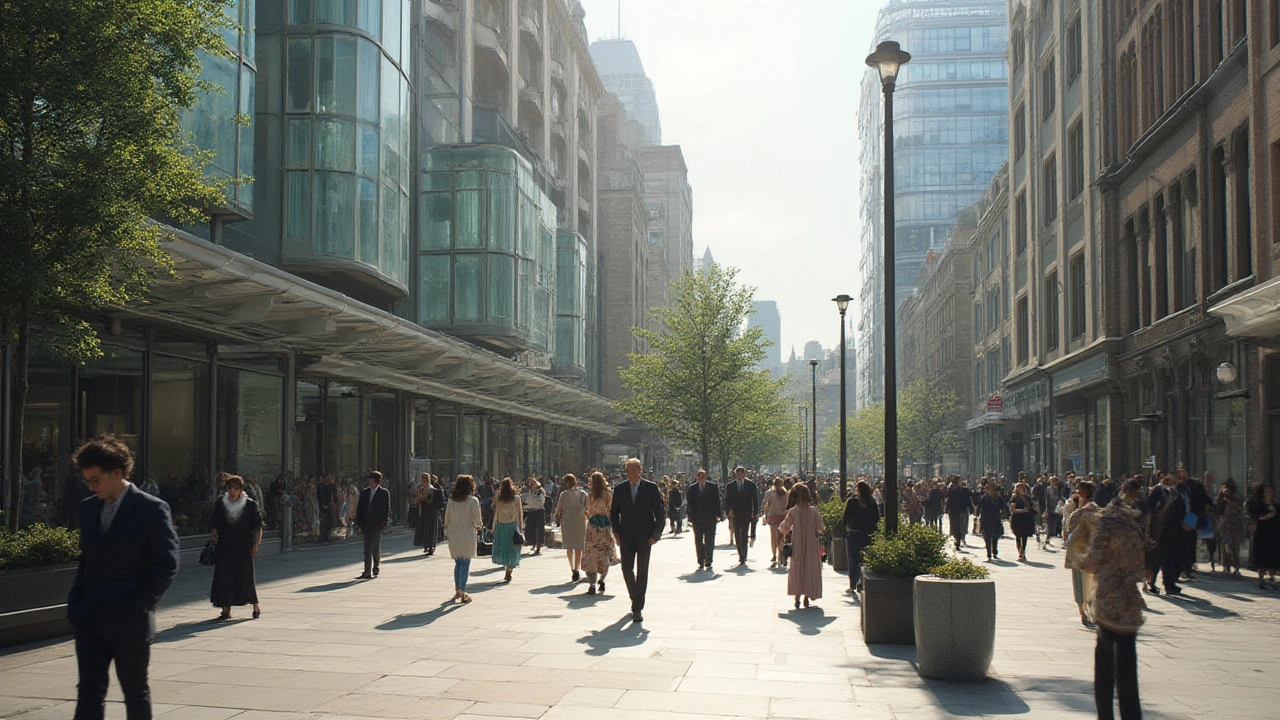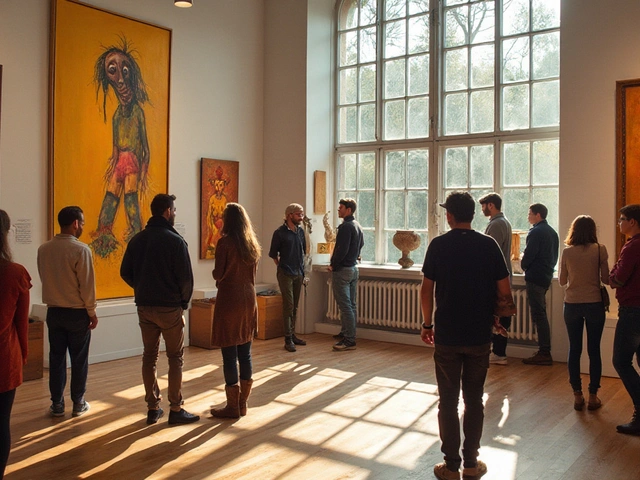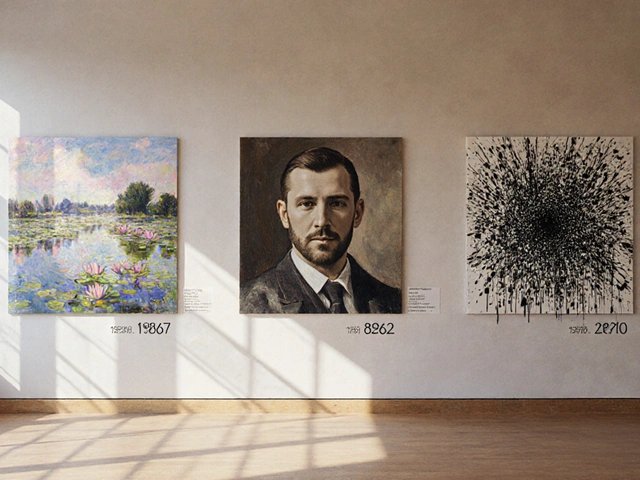Picture walking into a home filled with light, clean lines, and furniture that actually makes sense—nothing ornate, no frills, and certainly no confusing handles on drawers. Instead, there’s a sense of calm and order, maybe a splash of primary color here or there. Now, imagine a world where every lamp, chair, and even the way buildings are built just seems right. Welcome to the Bauhaus effect—a hundred-year-old design revolution that still shapes how we live, work, and create.
Origins of Bauhaus: Germany’s Radical School for Art and Design
Back in 1919, Walter Gropius opened the doors to a new school in Weimar, Germany: Staatliches Bauhaus. He wasn’t just starting another art academy—he was armed with a wild idea for the time: What if art, architecture, and craft were taught as one? Suddenly, painters mixed with cabinetmakers, metalworkers, and architects. The walls separating "fine art" and "useful design" fell. Gropius’s crew included people like Paul Klee and Lyonel Feininger—painters already challenging old traditions—but he didn’t stop at artists. He brought in professionals who knew building materials, from wood to glass to steel, stirring them all together.
This fusion wasn’t a fluke—it grew out of post-World War I Germany, when resources were scarce and society was reeling. The founders wanted to use design to create affordable, accessible, and attractive things for everyday people. Gropius said, “The ultimate goal of all art is the building!” Suddenly, students were drafting floor plans and hand-weaving textiles on campus, not just painting portraits.
The Bauhaus saw three homes in Germany: Weimar (1919-1925), Dessau (1925-1932), and finally Berlin (1932-1933), before Nazis shut the school down. Each move brought new energy. For example, the Dessau campus became an icon of its own—long glass walls, open interiors, with not a bit of wasted space. Even today, architects marvel at how the main building was engineered around sunlight and how it anticipated open-plan workspaces we’re obsessed with now. The school’s legacy outlived its physical closure, as faculty and students fled Europe, spreading Bauhaus ideas worldwide.
Principles That Built Bauhaus: Form Follows Function (And Nothing Extra)
If the Bauhaus believed in something, it was Modernism: the idea that design should be simple, honest, and purposeful. There’s this mantra, “form follows function”—meaning the shape of a lamp, or house, or chair should say exactly what it’s for. Not a single frill for frill’s sake. If a clock is supposed to tell time, why hide the numbers? Why clutter the design with dragons or curly cues?
This attitude guided everything, from the color palette (lots of white, gray, and bold spots of red, yellow, or blue) right down to how corners were joined. Marcel Breuer, one of Bauhaus’s stars, designed the iconic Wassily Chair from a single line of tubular steel. It wasn’t just for show—the material made the chair lighter, stronger, and easier to produce. Suddenly, furniture could be mass-produced without losing elegance. The Bauhaus designers even tested their chairs by tipping, stacking, or bouncing on them. If it didn’t stand up to real life, it needed fixing.
This no-fuss, practical approach carried to graphics, too. Typography got a makeover—letters were clear, easy to read, and often lowercase. Posters shouted information in bold, primary colors and geometric shapes, skipping flowery decoration. Designers like Herbert Bayer championed sans-serif fonts, which are now standard in everything from city transit signs to your favorite phone apps.
The approach was radical because it treated art as part of life. The school literally made kitchenware, curtains, building signs, ceramics, and wall hangings that wouldn’t look out of place in a modern Ikea or tech start-up office today.
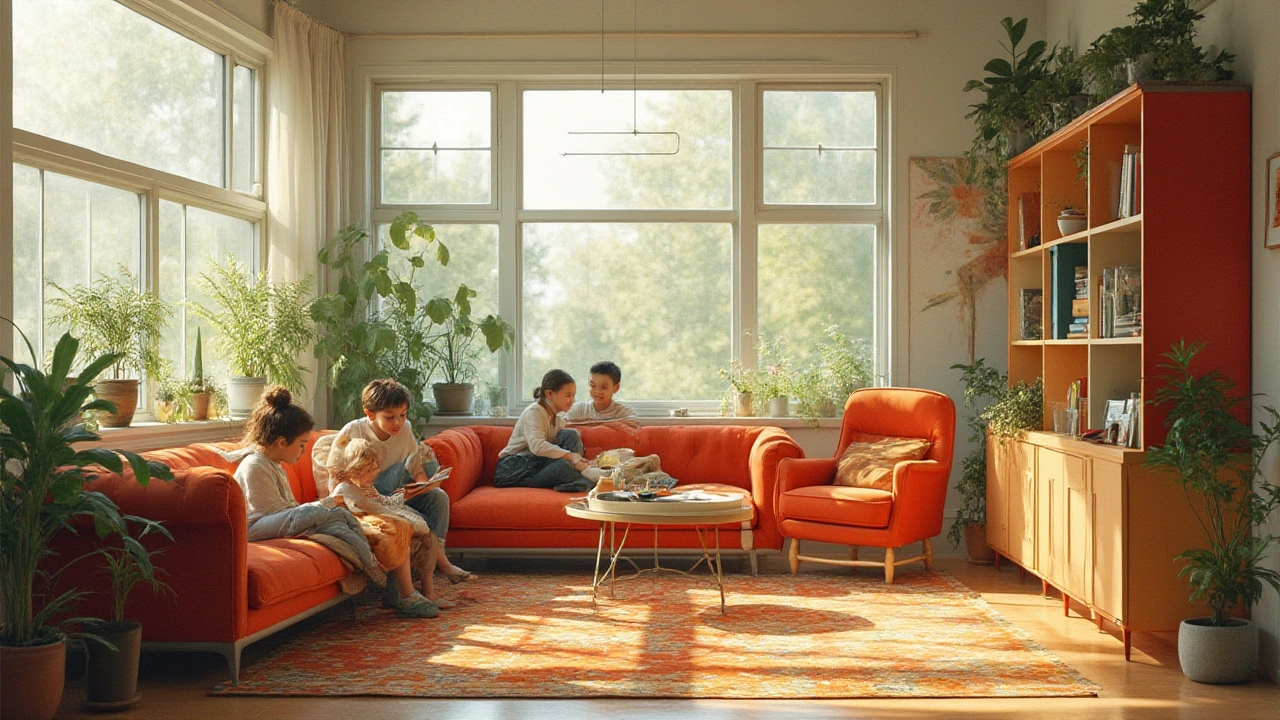
Bauhaus in Everyday Life: From Buildings to Coffee Cups
Even if you’ve never heard the word "Bauhaus," you’ve seen its fingerprints everywhere. That crisp apartment block downtown, the glass office atrium, the simple silverware in your drawer—chances are good, they all owe a nod to this movement. Bauhaus revolutionized more than just museums; it reshaped homes, workplaces, and even public parks.
Some of the most famous examples still stand. The Dessau Bauhaus Building (designed by Gropius himself) is now a UNESCO World Heritage site. In Tel Aviv, entire neighborhoods like the White City have Bauhaus-style apartments—rounded balconies, flat roofs, and minimalist facades—giving the city its unique look. In Chicago, the immigrant Ludwig Mies van der Rohe brought Bauhaus efficiency to skyscrapers, stripping away ornament to focus on glass, steel, and the open floor plan.
The influence runs to things you touch every day. Wilhelm Wagenfeld’s Bauhaus lamp—a globe of frosted glass balanced on a thin stem—is still being made, still looks futuristic. Those stackable nesting tables from Josef Albers? Perfect for tiny urban apartments, just as intended a century ago.
Here’s a quick look at where Bauhaus shows up in real life:
- Open-plan kitchens and offices: Goodbye, boxy rooms. Architects love flexible, airy spaces—straight from Bauhaus.
- Sleek chairs and tables: Companies like Knoll and Ikea live by Bauhaus rules of economy, comfort, and clarity.
- Simple, clear layouts: Subway maps, event brochures, and even this article’s text layout spring from Bauhaus design principles.
- Typography: Clean, sans-serif fonts in traffic signs, apps, or magazines nod to Bauhaus experiments in legibility.
- Affordable home goods: Mass-produced objects, from teapots to clocks, take cues from Bauhaus thinking—form meets daily need.
Let’s put numbers to this. Bauhaus-inspired products account for billions in the global home goods market. For instance, the Wassily Chair and Wagenfeld Lamp are bestsellers—even 90 years on.
| Product | Designer | First Produced | Status Today |
|---|---|---|---|
| Wassily Chair | Marcel Breuer | 1925 | Still Manufactured |
| Bauhaus Lamp | Wilhelm Wagenfeld | 1924 | Continues in Production |
| Stacking Tables | Josef Albers | 1927 | Regularly Reissued |
So when you’re sipping coffee at a glass-topped table, reading a sans-serif menu, or opening your streamlined cabinet, that’s Bauhaus working quietly in your life.
Famous Faces and Their Impact: Bauhaus Masters Who Changed the World
The Bauhaus crew wasn’t just one man with a new idea—they were a lineup of creative forces who went off to leave their mark everywhere they landed. Walter Gropius, the school’s founder, spread the philosophy to the U.S., helping to start the Harvard Graduate School of Design. His student, Ludwig Mies van der Rohe, shaped the modern skyscraper with his “less is more” mantra.
Anni Albers became a textile superstar, weaving elegant, practical patterns that now hang in major museums. Paul Klee and Wassily Kandinsky, better known for their art than design, turned theory on its head—proving that design could be playful and experimental, not just utilitarian. Marcel Breuer, besides inventing iconic chairs, built churches and universities across America, pulling the Bauhaus spirit into daily architecture.
The reach of Bauhaus stretched far beyond its German beginnings. Nazis tried to snuff out what they called “degenerate art,” but only scattered the seeds wider. Gropius and Breuer brought new teaching methods to the Ivy League. Moholy-Nagy landed in Chicago, opening the New Bauhaus and training generations of industrial designers.
If you want to get a sense of Bauhaus's massive impact, check out these famous names and their best-known works:
- Walter Gropius: Founded the Bauhaus in 1919, designed the Dessau campus, led Harvard’s design school.
- Marcel Breuer: Creator of the Wassily Chair and influential American modernist buildings.
- Ludwig Mies van der Rohe: Trailblazer for the "international style" of glass-and-steel towers.
- Anni Albers: Revolutionized textile art and inspired generations of designers (her wall hangings are collector favorites).
- Paul Klee and Wassily Kandinsky: Their playful, abstract teaching bridged the worlds of painting and design.
Bottom line: Bauhaus wasn’t about a single way of making things. It was an open-minded workshop where the best ideas won, whether in cloth, glass, metal, or paint.
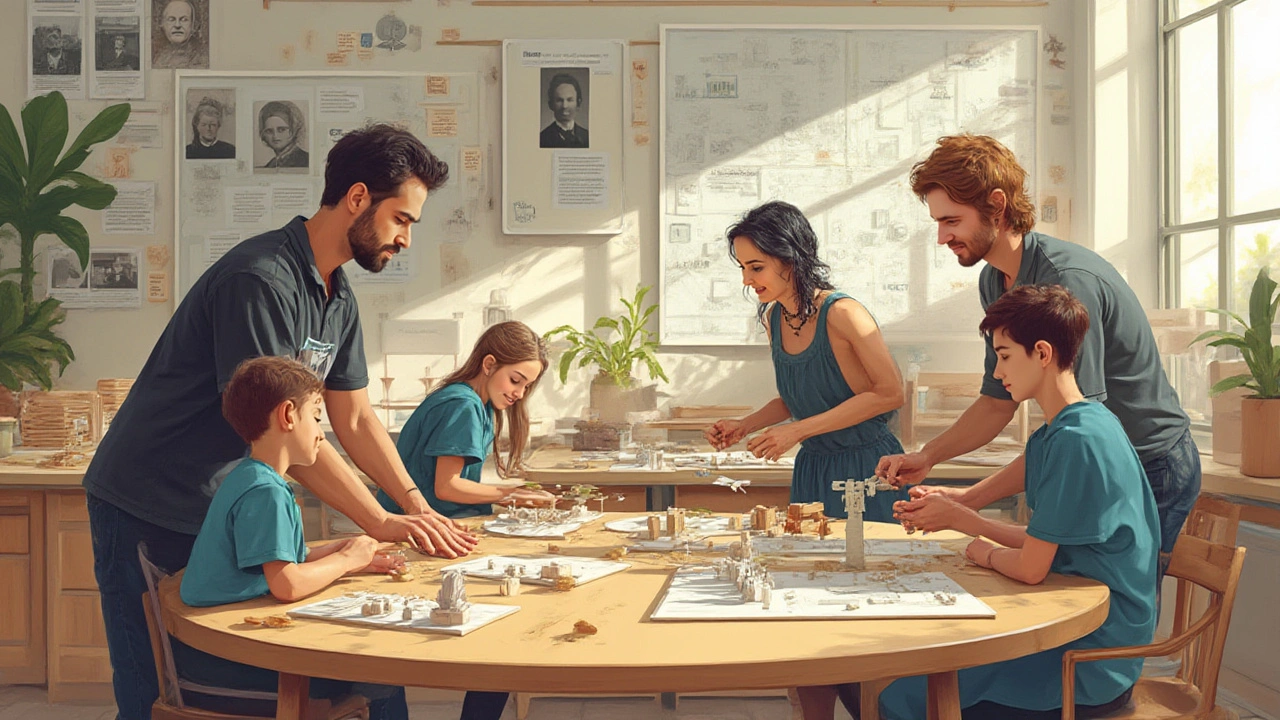
Bauhaus Today: Legacy, Critiques, and Tips for Embracing the Style
So, why does Bauhaus still matter today? For one thing, every few years, a Bauhaus wave seems to hit the world of design. From iPhone layouts to the resurgence of open co-working spaces, we’re still living out the dreams of a century-old experiment. The idea that everyday objects can be both beautiful and practical set the table for everything from Scandinavian minimalism to Silicon Valley chic offices. When Apple released the original iMac G3, its designer credited Bauhaus for that mix of fun colors and pared-down forms.
But not everyone is a fan. Some critics say Bauhaus’s steel-and-glass look can feel cold, or that uniformity makes cities lose their character. Others argue that being “timeless” sometimes just means “plain.” Yet, the movement’s original goal—making quality design accessible to everyone—still hits home. When you buy a simple lamp or a clear, modular shelf, you’re enjoying the Bauhaus promise: less clutter, more living.
If you want to bring a dose of Bauhaus into your home or workspace, here are some beginner-friendly tips:
- Pick multipurpose furniture—think of nesting tables or stackable chairs.
- Stick with a neutral color base, and add bold accents in red, blue, or yellow—no need to trash your bright pillows!
- Cut down on unnecessary decor. Instead, let the function lead the form—do you really need all those extra handles or patterns?
- Play with geometry. Hang pictures or shelves in clean grids. Even simple, round mirrors or rectangular rugs echo Bauhaus lines.
- Opt for natural light and open layouts whenever possible—avoid heavy curtains or walls that break up space.
Bauhaus isn’t a museum piece—it’s a living toolkit for making daily life a bit smarter, lighter, and easier to enjoy. Sure, not everyone can live in a famous glass box or buy a designer chair, but anyone can grab a few of these ideas. Bauhaus’s real magic? Making “less” feel like more—so every day is a little more livable.

